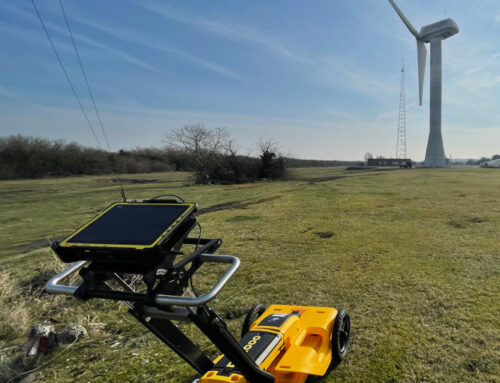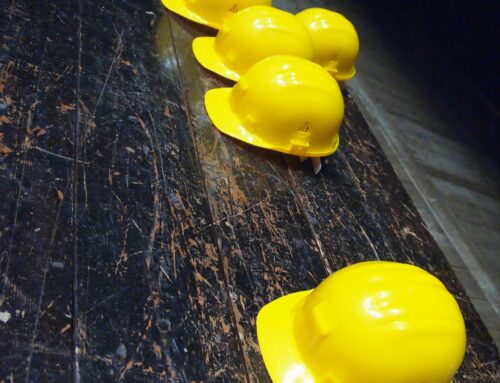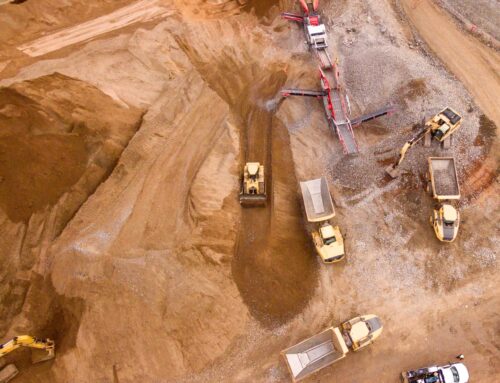A topographical survey is a review of the land surrounding your home, which accurately measures the size and features in it. Getting one can be helpful if you’re planning to extend your home. That’s because building on the land surrounding it can be a challenging process without going through the right checks first.
If you want to build a new space for your home or development, then you need to meet planning permission rules. These rules govern how close you can extend to a boundary or public highway, as well as the maximum size of the new room. A topographical survey can make sure you identify these accurately, so you don’t get caught out.
As the Land Registry often uses different boundaries, getting a survey could help you to know exactly how far you can build.
Things to consider before starting your project
The following points will help you decide what’s best for your needs:
- If you want to build on the land surrounding your home, then it’s best to meet planning permission rules and get one done first.
- A topographical survey can help if the Land Registry uses different boundaries than usual as this could affect how far away from them you can extend without risking getting caught out.
- As well as checking if building on the land around your home is possible, it also helps with knowing exactly where the public highways are so that any new room you build is not too close.
- If you’re planning to do any home renovation, such as putting on a new roof, then a topographical survey could help with understanding how your property works alongside the surrounding environment.
What does a topographical survey do?
A topographical survey looks at the detail of the land around your home or proposed project in order to spot any problems with the ground before they become an issue. It’s important to do this early because it will take time and money to correct any problem spots once the build has started.
By getting a topographical survey, you can figure out if there are any problems with your proposed extension site in the first place. These problems can range from issues with the ground, to changes in its surface.
A topographical survey allows you to get an idea of what needs to be done before you invest a penny into your new project. In some cases, it’s possible that no adjustments need to be made for the ground at all.
However, if there are any changes needed, they will require less financial investment and time in the long run. You can simply make the necessary alterations and start work again immediately. The survey will ensure that there are no issues before they become problems and cause you to start over from scratch.
How topographical surveys can help with planning permission
Another vital benefit of a topographical survey is that you can make planning permission far less of an issue. But it should be noted that planning regulations can differ depending on the size of your home, and the type of property you have.
You’ll be able to work with your land surveyor to design your new space around the rules by carrying out a survey, though. The survey will take detailed measurements of the boundaries of your home, and its proximity to any public highways so that you know exactly how far you can go with your new extension.
Benefits of a topographical survey
As well as the points already mentioned, topographical surveys:
- Help with home extensions
- Can stop water seeping through structure and prevent flooding of land or garden
- Protect the environment in conservation areas and AONBs (areas of outstanding natural beauty) by ensuring you meet strict building regulations
- Take the risk out of your investment by making sure the build works to perfection
Following on from the last point, a topographical survey will give your build the best chance of success by making sure that there are no hidden issues with the land.
Key reasons to invest in a topographical survey:
- Identify potential problems before construction begins
- Protect your investment
- Ensure building safety
- Avoid expensive repairs down the line
- Save time
- Make better-informed decisions
- Minimise risk
- Get peace of mind sooner rather than later
Conclusion
Consulting with a land surveyor will also make sure you don’t fall foul of the building regulations. A topographical survey is just one of the ways you can save yourself unnecessary costs and project delays. For help and advice with anything mentioned in this article, contact the experts at Your Environment.




